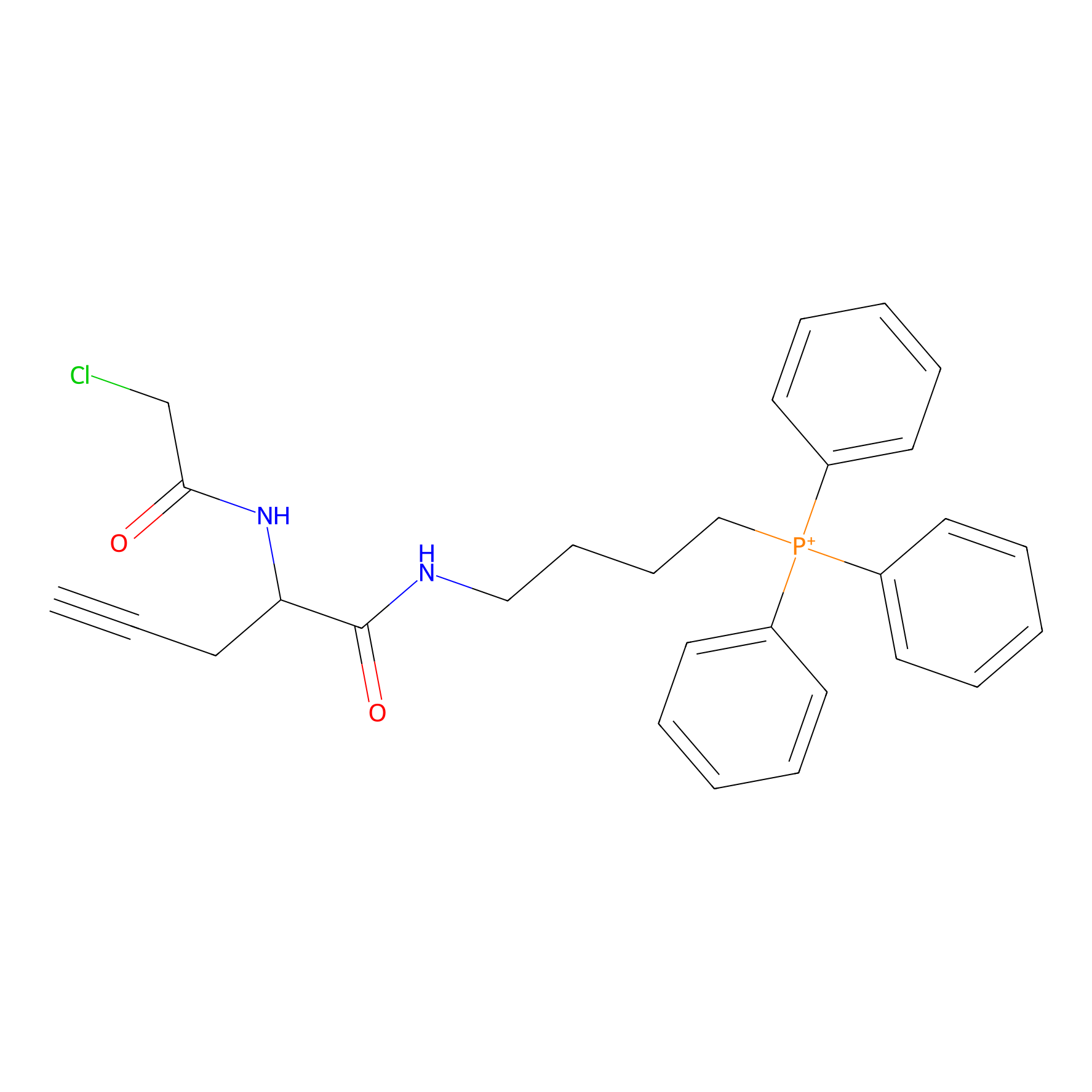Details of the Target
General Information of Target
| Target ID | LDTP10728 | |||||
|---|---|---|---|---|---|---|
| Target Name | Gasdermin-A (GSDMA) | |||||
| Gene Name | GSDMA | |||||
| Gene ID | 284110 | |||||
| Synonyms |
GSDM; GSDM1; Gasdermin-A; Gasdermin-1) [Cleaved into: Gasdermin-A, N-terminal; GSDMA-NT; Gasdermin-A, C-terminal; GSDMA-CT)] |
|||||
| 3D Structure | ||||||
| Sequence |
MEMKLPGQEGFEASSAPRNIPSGELDSNPDPGTGPSPDGPSDTESKELGVPKDPLLFIQL
NELLGWPQALEWRETGSSSASLLLDMGEMPSITLSTHLHHRWVLFEEKLEVAAGRWSAPH VPTLALPSLQKLRSLLAEGLVLLDCPAQSLLELVEQVTRVESLSPELRGQLQALLLQRPQ HYNQTTGTRPCWGSTHPRKASDNEEAPLREQCQNPLRQKLPPGAEAGTVLAGELGFLAQP LGAFVRLRNPVVLGSLTEVSLPSRFFCLLLGPCMLGKGYHEMGRAAAVLLSDPQFQWSVR RASNLHDLLAALDAFLEEVTVLPPGRWDPTARIPPPKCLPSQHKRLPSQQREIRGPAVPR LTSAEDRHRHGPHAHSPELQRTGRLFGGLIQDVRRKVPWYPSDFLDALHLQCFSAVLYIY LATVTNAITFGGLLGDATDGAQGVLESFLGTAVAGAAFCLMAGQPLTILSSTGPVLVFER LLFSFSRDYSLDYLPFRLWVGIWVATFCLVLVATEASVLVRYFTRFTEEGFCALISLIFI YDAVGKMLNLTHTYPIQKPGSSAYGCLCQYPGPGGNESQWIRTRPKDRDDIVSMDLGLIN ASLLPPPECTRQGGHPRGPGCHTVPDIAFFSLLLFLTSFFFAMALKCVKTSRFFPSVVRK GLSDFSSVLAILLGCGLDAFLGLATPKLMVPREFKPTLPGRGWLVSPFGANPWWWSVAAA LPALLLSILIFMDQQITAVILNRMEYRLQKGAGFHLDLFCVAVLMLLTSALGLPWYVSAT VISLAHMDSLRRESRACAPGERPNFLGIREQRLTGLVVFILTGASIFLAPVLKFIPMPVL YGIFLYMGVAALSSIQFTNRVKLLLMPAKHQPDLLLLRHVPLTRVHLFTAIQLACLGLLW IIKSTPAAIIFPLMLLGLVGVRKALERVFSPQELLWLDELMPEEERSIPEKGLEPEHSFS GSDSEDSELMYQPKAPEINISVN |
|||||
| Target Bioclass |
Transporter and channel
|
|||||
| Family |
Gasdermin family
|
|||||
| Subcellular location |
Cytoplasm, perinuclear region; Cell membrane
|
|||||
| Function |
[Gasdermin-A]: This form constitutes the precursor of the pore-forming protein and acts as a sensor of infection: upon infection by S.pyogenes, specifically cleaved by S.pyogenes effector protein SpeB in epithelial cells, releasing the N-terminal moiety (Gasdermin-A, N-terminal) that binds to membranes and forms pores, triggering pyroptosis.; [Gasdermin-A, N-terminal]: Pore-forming protein that causes membrane permeabilization and pyroptosis. Released upon cleavage by S.pyogenes effector protein SpeB, and binds to membrane inner leaflet lipids. Homooligomerizes within the membrane and forms pores of 10-15 nanometers (nm) of inner diameter, triggering pyroptosis. Pyroptosis triggers the elimination of the infected skin cell, depriving the pathogen of its protective niche, while inducing an inflammatory response. This ultimately prevents bacterial penetration of the epithelial barrier and a subsequent systemic dissemination of the pathogen. Binds to cardiolipin and other acidic phospholipids, such as phosphatidylserine, which mediate its targeting to the inner leaflet membrane.
|
|||||
| Uniprot ID | ||||||
| Ensemble ID | ||||||
| HGNC ID | ||||||
Probe(s) Labeling This Target
ABPP Probe
| Probe name | Structure | Binding Site(Ratio) | Interaction ID | Ref | |
|---|---|---|---|---|---|
|
DBIA Probe Info |
 |
C201(2.50) | LDD2319 | [1] | |
|
TPP-AC Probe Info |
 |
N.A. | LDD0427 | [2] | |
Competitor(s) Related to This Target
The Interaction Atlas With This Target
References
